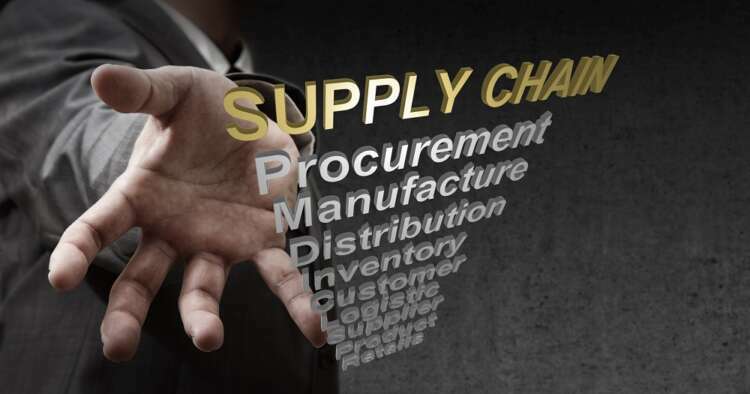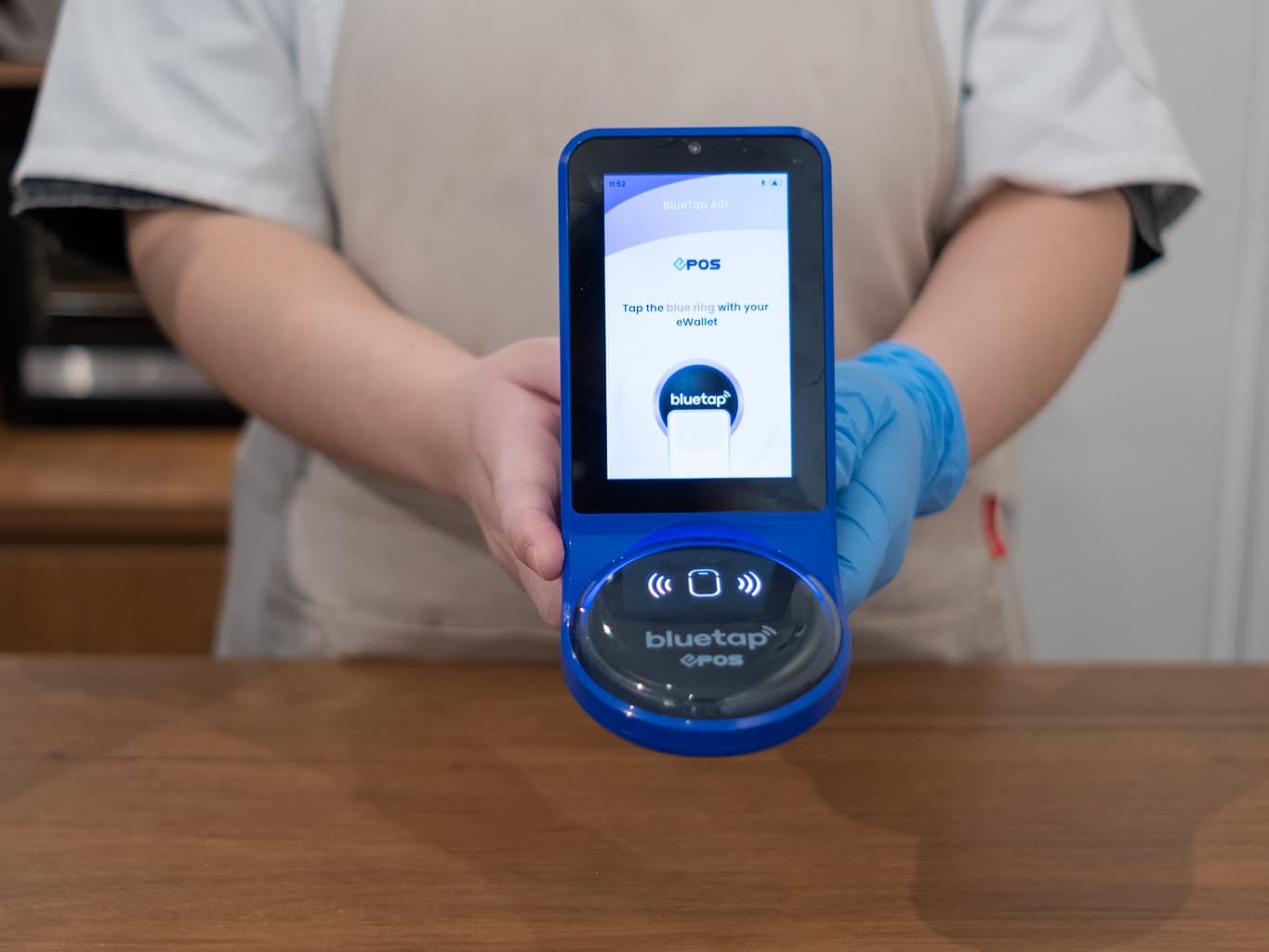
Rebate incentives: the right key to driving supply chain behaviors
By: Nick Rose, CFO of Enable
It’s no secret that incentives drive behavior. We all know this inherently. For example, anyone who owns a dog will know how little treats can be used to drive their actions! Airlines especially love incentives; every time you fly, you’re invited to join their incentive program.
When it comes to the supply chain, no incentives ease the experience of trading better than rebates.
Rebates are powerful tools for driving financial growth across the supply chain, and they also help build strong relationships and loyalty between suppliers and customers. But companies face a wide array of challenges in how they negotiate and implement rebates. There are innumerable strategies for doing so across industries and organizations. While every rebate structure is different, many of these challenges fall under several major headings, which can help companies of all sizes (and in many sectors) organize their thinking around volume rebates, promotions, special pricing agreements and more.
Data management is one of the most urgent issues supply chain partners confront when it comes to rebates. When data is managed poorly, finance teams can’t accrue accurately, and disputes arise between trading partners. In the worst-case scenarios, sometimes contracts are kept in emails, where neither party has full access! Driving this is the over-reliance on slow, error-prone manual tools like spreadsheets and the use of multiple ERP systems. Too many companies are contending with scattered data collection and reporting methods, and this contributes to another major rebate challenge: a lack of visibility. It’s crucial for finance, procurement, accounting, and sales teams to have access to all the information they need to maximize the value of rebates, limit risks and inefficiencies, and adapt to changing circumstances.
Effectively addressing rebate challenges such as poor data management, a lack of visibility, and information silos will help suppliers and customers fully leverage their relationships. Rebates have never been more vital for improving supply chain relationships and increasing margins, but suppliers and customers need to know how to deploy and manage them in way that maximizes returns.
Getting supply chain data under control
The ability to collect, analyze, and share data allows supply chain partners to make informed decisions about everything from the right product mix to the specific types of rebates that will secure margin growth for both parties. Suppliers and customers need to be capable of conducting rebate negotiations that are sensitive to many variables, from shifting market conditions to the specific goals of each partner (which are also subject to change).
According to a recent study conducted by S&P Global Market Intelligence, the top data-related challenges for supply chains are first “timely, easy access,” second “the integration of data across users and technologies,” and finally “manual processes and errors in managing data.” These are all impediments to efficient rebate management, particularly when manufacturers and distributors have more than one ERP system and they’re heavily reliant upon spreadsheets – challenges that can lead to jumbled, outdated, and unreliable data.
Every supply chain relationship is sustained by relationships and the data that supports those relationships. When there isn’t a single source of truth between these partners, relationships will suffer. This is especially true when it comes to the negotiation and management of rebates. Manufacturers and distributors need to have access to a single source of truth that is updated in real time to help them identify growth opportunities and potential sources of risk. Supply chain partners need to bring their goals into alignment and this can only happen if they’re operating on the same set of facts.
Improving visibility and breaking down silos
Data won’t be helpful to supply chain partners if it isn’t accessible or actionable. Rebate management is a collaborative enterprise – rebates exist to give suppliers and customers compelling incentives to continue and grow their business together, which means they have to establish joint targets, production and sales strategies, and KPIs. Alignment isn’t just critical for sustaining supply chain partnerships – it should also be a core focus internally, as siloing within and between teams can lead to strategic confusion, costly mistakes, and inefficiencies.
Rebates exist for a reason: they incentivize desired behavior between trading partners. Because that desired behavior is unique to each partner, rebate programs that start out with straightforward terms often evolve into complex agreements to account for desired individual behaviors. Supply chain partners need to identify discrepancies before they become disputes, take advantage of revenue opportunities that increase margins for both parties, and continuously monitor their rebate strategies to remain flexible. Meanwhile, company leaders need to eliminate silos internally. For example, finance teams should share earnings projections with sales departments to spot discretionary opportunities. Finally, it’s essential to determine who’s responsible for what, from negotiations to reporting.
A recent McKinsey survey found that two-thirds of supply chain leaders have “implemented digital dashboards for end-to-end supply chain visibility.” This is a reminder that visibility is integral to supply chain operations, and rebate management is no exception. But it also demonstrates that digitization will be a central priority for supply chains in the coming years, and nowhere is this clearer than in the evolution of rebate management.
Overcoming rebate challenges with digitization
All these challenges really boil down to issues with digitization. While two-thirds of manufacturers offer annual rebate programs, the effectiveness of these programs can vary substantially depending on how they’re managed. When manufacturers and distributors don’t have consolidated and accessible data, visibility across the supply chain, and automated processes (as opposed to spreadsheets that are manually and laboriously updated by humans), they aren’t getting the most out of their rebate platforms.
This is why manufacturers and distributors are increasingly migrating from outmoded manual processes and disjointed ERP systems to centralized digital platforms for managing their rebates. These platforms streamline data management, make communication and collaboration easier, and build more mature relationships between supply chain partners. Digital consolidation is particularly important for managing complexity. Seventy percent of the companies surveyed by KPMG say their supply chains are “very” or “extremely” complex. As rebates become more sophisticated (accounting for more specific timeframes or product mixes, for instance), they tend to become more complex as well.
Rebates can help supply chain partners establish healthy long-term relationships by building trust, reducing risk, and increasing profitability. When rebates are negotiated transparently, based on reliable data, and customized to serve both partners’ needs, they will be a powerful and sustainable engine of revenue creation.


